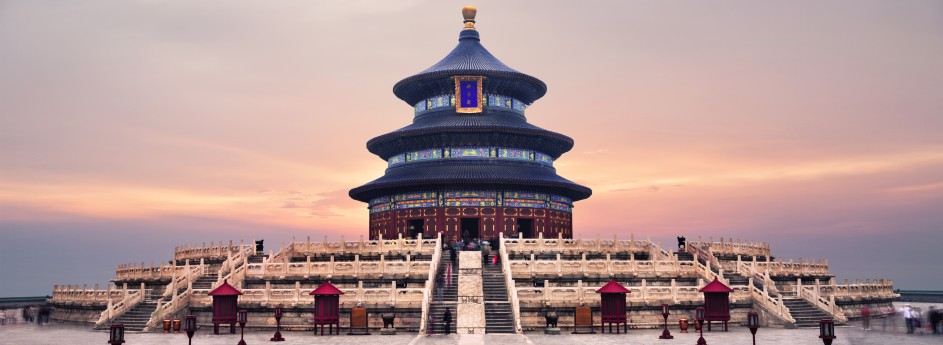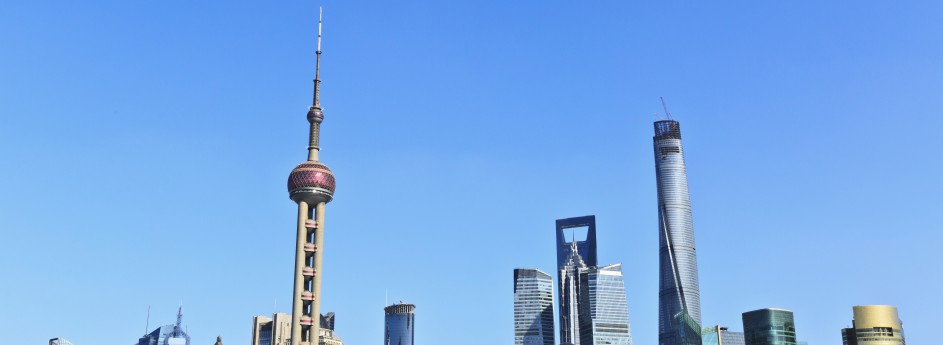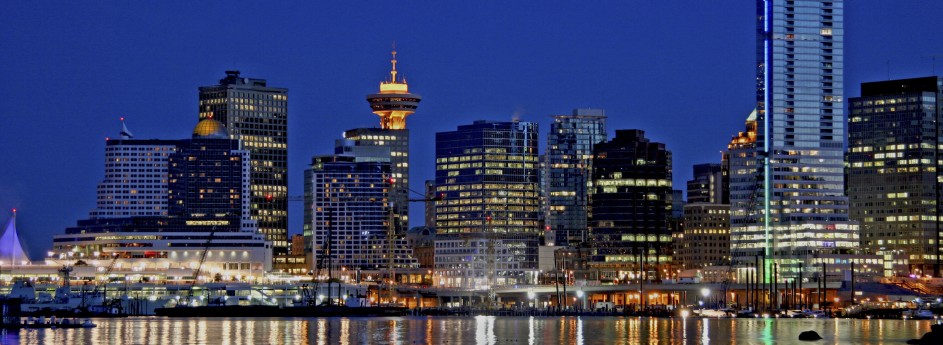China’s CO2 Peak Could be Reached Much Sooner
An earlier post on the recently signed China-US climate change agreement cited a 2011 Lawrence Berkeley National Laboratory study that predicted China’s CO2 emissions would peak in 2030 which coincided with China’s pledge. However, MIT-Tsinghua researchers suggest the peak period could be moved forward by as many as 5 years given China’s slowing economy and the country’s many pollution-fighting policies. I would add the transition to domestic consumption, the requisite changes in industrial structure, reducing heavy polluting industries such as iron and steel and cement, as well as moving up the economic and financial ladder generally also contribute to reductions in CO2. Changes in life-styles and attitudes, especially among the next generation of consumers, make it all the more conducive.
As recently as 2010, when China’s economy was still growing at more than 10 percent a year, it was unclear when its emissions might peak, says Valerie Karplus, a professor of global economics at MIT’s Sloan School of Management, and director of the Tsinghua-MIT China Energy and Climate Project.
But economic growth has slowed (it was 7.7 percent in 2012), and in turn so has growth in demand for energy. Also, this year China’s government has already announced a plan to reduce air pollution by taxing and limiting coal use. Beyond that, carbon trading systems are now being tested in five cities and two provinces, and a national system is expected to come online in 2016.
But, says Karplus, there is still uncertainty over when China will begin actually reduce its emissions, and by how much. “It makes a big difference whether it peaks at 10 billion, 11 billion, or 15 billion metric tons of CO2,” and whether or not the trajectory decreases rapidly after that peak, says Karplus. The (China-US climate change) pact is “hugely important” for global climate change policy efforts because China has finally agreed to a target related to “turning its emissions down in absolute value,” instead of just limiting the rate at which those emissions grow from year to year, says Michael Oppenheimer, a professor of geosciences and international affairs at Princeton University. The deal also has symbolic value, he says, since the world’s top two emitters have effectively circumvented the reigning geopolitical gridlock over international climate policy.
– MIT Technology Review
Arch Sinophobe Jimmy Lai Wants Student Protestors to Retreat
Jimmy Lai, the rabidly anti-CPC, anti-mainland media tycoon who had financially and otherwise supported Occupy Central and the protesting students from the outset, including protest training tutored by foreign anti-China groups, now wants the students to retreat and regroup for fear of further antagonizing the vast majority of Hong Kong citizens.
Meanwhile, after the police began dismantling student barricades on court order, yesterday evening, a group of radical students broke the glass facade of the government’s legislative council building using barricades in an attempt to storm into the building as other protesters blocked police from interfering.
Unrelenting China critic Lai has been a regular at one of Hong Kong’s key Occupy protest sites: in Admiralty almost every day, returning nightly to his family in upscale Kowloon Tong. He remains despite having been attacked last week – by three men hurling bags of rotten offal – and regardless of a threatened clearance of the area by bailiffs and police. Vowing to continue his sit-in while the protest continues, he says that if officers turn up: “I will let them arrest me. I will not resist.”
Ironically, while Lai, 65, bolsters the pro-democracy camp, he also believes that, strategically, the protesters should now retreat. This as a small group of people early this morning tried to break into Hong Kong’s Legislative Council nearby, causing riot police to deploy pepper spray to prevent others from following suit.
“People are getting tired…We cannot exhaust the goodwill of the people,” says Lai, on the day that results of a Chinese University poll showed almost 70 per cent of Hong Kong people, sick of traffic jams and lost business, want the Occupiers to leave. “But it doesn’t mean we have to yield.”
Lai reckons the students and their fellow dissenters should withdraw and re-energize – and vow to return if their demands remain unheeded. “We should retreat when the momentum is there, while our determination and will are strong,” he says. “Then we will be able to come back.”
Despite Lai’s support for the students, he also believes their recent attempt to meet Chinese authorities in Beijing was a mis-step. “For them to do it [on Saturday] was not appropriate,” he says. “They should have gone during APEC, when world leaders were there. That would have created the biggest impact.”
The attempt by three Hong Kong Federation of Students representatives to fly to the Chinese capital was foiled by the invalidation of their travel documents. Entry permits, issued by mainland authorities, allow Hong Kong residents free travel over the border.
He acknowledges that those who have dug in their heels at the Occupy sites constitute a minority of Hong Kong’s 7.2 million population. “Only a small percentage of people are willing to pay the price to fight,” he says.
– Sydney Morning Herald
China’s New System to Address Miscarriages of Justice
So-called ‘human rights’ groups habitually chastise China for the absence of the rule of law and a plethora of social injustices, especially those resulting from local farmers/residents confronting greedy developers/industrialists and corrupt officials over land grabs and pollution. China is introducing a system to investigate and help correct miscarriages of justice. Chinese judicial reform has been on-going for decades and gathering momentum.
Harsh critics of China should ask themselves how long it took for countries like the US to bring in substantive judicial reforms that rectified the courts in notoriously gangster-dominated cities like Chicago before WWII. This is not even to talk about the miscarriages of justice during the civil rights and Vietnam War eras. And in the vicinity, what of the countless injustices that were perpetrated throughout the high growth periods in Japan, Taiwan and South Korea?
So, critics should get off their high horses and recognize progress in Chinese judicial reform which is often a gradual and incremental process.
China’s government will implement a system of investigating miscarriages of justice, the country’s top judge said, in the latest in a series of legal reforms at a time of widening public discontent.
An investigation should “start immediately” once a miscarriage of justice has been identified, Zhou Qiang, president of the Supreme People’s Court, wrote in the latest issue of Qiushi.
“On the widespread concern shown by society over miscarriages of justice, (we) must give information to the public in a timely manner and respond to society’s concerns,” Zhou wrote in the lead essay of the influential journal.
At a key meeting in October, the CPC made “governing the country by law” the focus of its agenda for the first time. It pledged to speed up legislation to fight corruption and make it tougher for officials to exert control over the judiciary.
The measures reflect worries about rising social unrest. Anger over land grabs, corruption and pollution – issues often left unresolved by the courts – have resulted in violence between police and residents in recent years.
– Reuters



